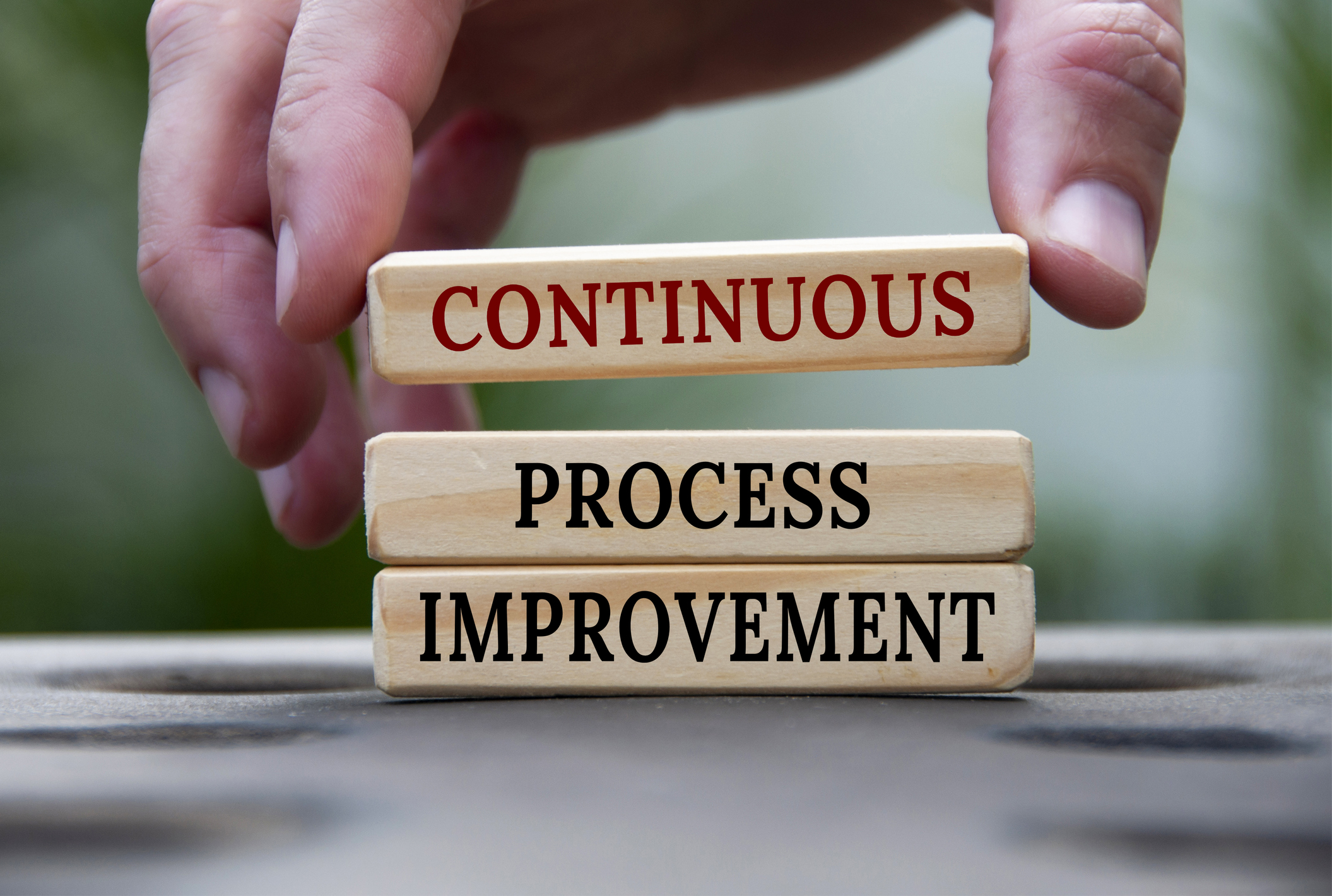
How To Implement the 5 Elements of “Kaizen” in Your Safety Culture
If you’re not familiar with the concept of “Kaizen” then this is important information to know and apply to your organization. Kaizen is a Japanese business approach that was first implemented in Japan after World War II. The word translates to “change for the good” in English. The philosophy involves employees at all levels of your organization, and the goal is to create a culture of ongoing refinement and optimization.
How Does Kaizen Apply to Safety?
Kaizen is designed to help standardize operations for easy monitoring, control, comfort, and safety, while also ensuring greater productivity and profit.
Creating a safety program and culture is an ongoing improvement process. Organizations who really embrace a “safety culture” know it takes hard work. Kaizen strives for “incremental” progress over time.
KEY TO KAIZEN IS INCREMENTAL IMPROVEMENTS
Kaizen uses 360-degree feedback methods, such as “Safety Committees” to identify, prioritize and implement safety projects. Kaizen methods help identify the most important and potentially impactful ones for consideration.
But the truth is, continuous improvement programs should always be in place. So, using this process is like developing a habit, and it will sustain your program’s future growth and improvement.
What Are The 5 Elements of Kaizen?
A successful Kaizen program hinges on cultivating a strong, supportive culture with the following five core elements:
- Teamwork: Staff work together to achieve the common goal of improved performances and processes. Teamwork is developed within departments, through quality circles, and between levels.
- Personal Discipline: Self-discipline when it comes to quality and time management is key to the success of Kaizen.
- Improved Morale: When people are empowered to improve their tasks or job, people are more satisfied with their job and the whole business process benefits.
- Quality Circles: Made up of approximately five to seven employees, quality circles allow teams to meet regularly to discuss issues arising in their work processes.
- Suggestions for Improvement: From human resources and accounting to manufacturing operations and the shipping department, every employee should be trained to identify wastes or improvements. All suggestions should be considered, and employees should feel comfortable either sharing them or implementing them themselves.
The Purpose of Safety Kaizen
Employees often see unsafe conditions and behaviors more quickly than management does. They need a structured way to address those issues that is easy to monitor and manage. They are the ones exposed to danger and have the most skin in the game. Kaizen fulfills this function. It allows any employee to suggest, create, and implement simple improvements.
The Kaizen safety formula is simple:
Employees see danger + Kaizen program allows them to
address danger quickly = Empowered employees improving safety
If workers can’t address unsafe conditions quickly, these unsafe conditions become normalized. We are adaptable, which makes it difficult for us to have a sense of urgency about unsafe conditions that have been around for a long time. A kaizen program allows employees to state the problem and propose a solution, giving them ownership over it.
How to Implement a Simple Kaizen System
You can implement a kaizen system that is effective and easy to use. Start by creating a simple kaizen form that asks the following four questions:
- What is the problem as we understand it? A well-stated problem gives traction toward its resolution. A well-stated problem makes sure everyone agrees.
- What is the proposed solution? A stated solution gives you a chance to give feedback and gain buy-in. With kaizen, we are after a high level of agreement. We need a consensus about the solution. Employees feel better about solutions when they have a voice in them.
- Who is going to do the work? Clearly identify and empower the team for each problem to be solved.
- When will it be done? All projects need due dates. Make sure all the necessary tools, supplies, and instructions are available. Set a follow-up date a few weeks after the project is done to assess how well the solution worked.
When someone can state a problem in a way that answers all four questions, we can be confident the problem will be resolved. If they can’t, the problem will most likely remain. If a safety concern is uncovered and remains for long, people will adopt it as normal.
Compliance Consultants, Inc. Offers a 5-Step Process Toward Safety Improvement
As a part of our commitment to safety improvement and safety culture, we have developed a Five-Step Process to ensure that together we will succeed in meeting your safety goals.
With ever-changing regulatory requirements, our highly trained safety consultants continue to advance their expertise through extensive professional development so they can provide you with the most current safety information available. We believe strongly in constant improvement and development.
At CCI, we take pride in our work and in building strong relationships with our clients. That’s how we’ve achieved high client satisfaction and retention.
We see ourselves as part of your team!



